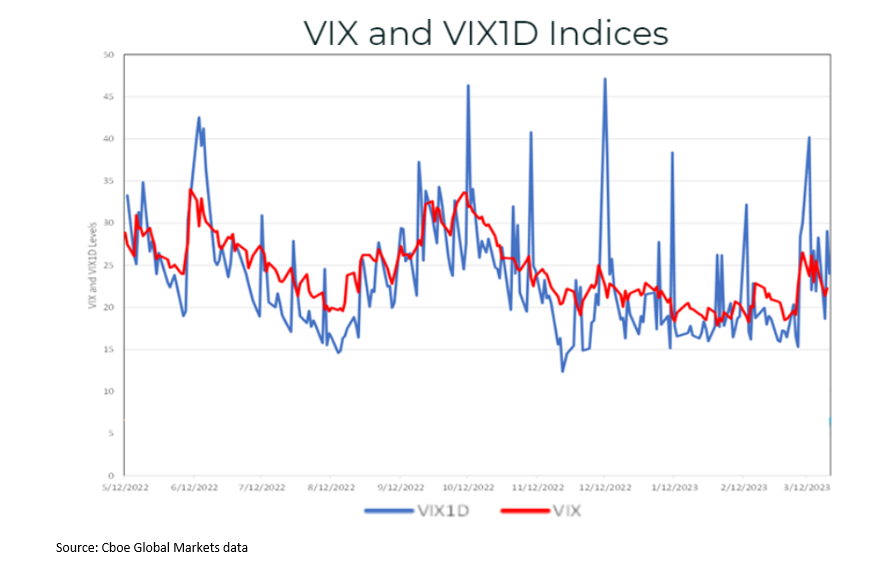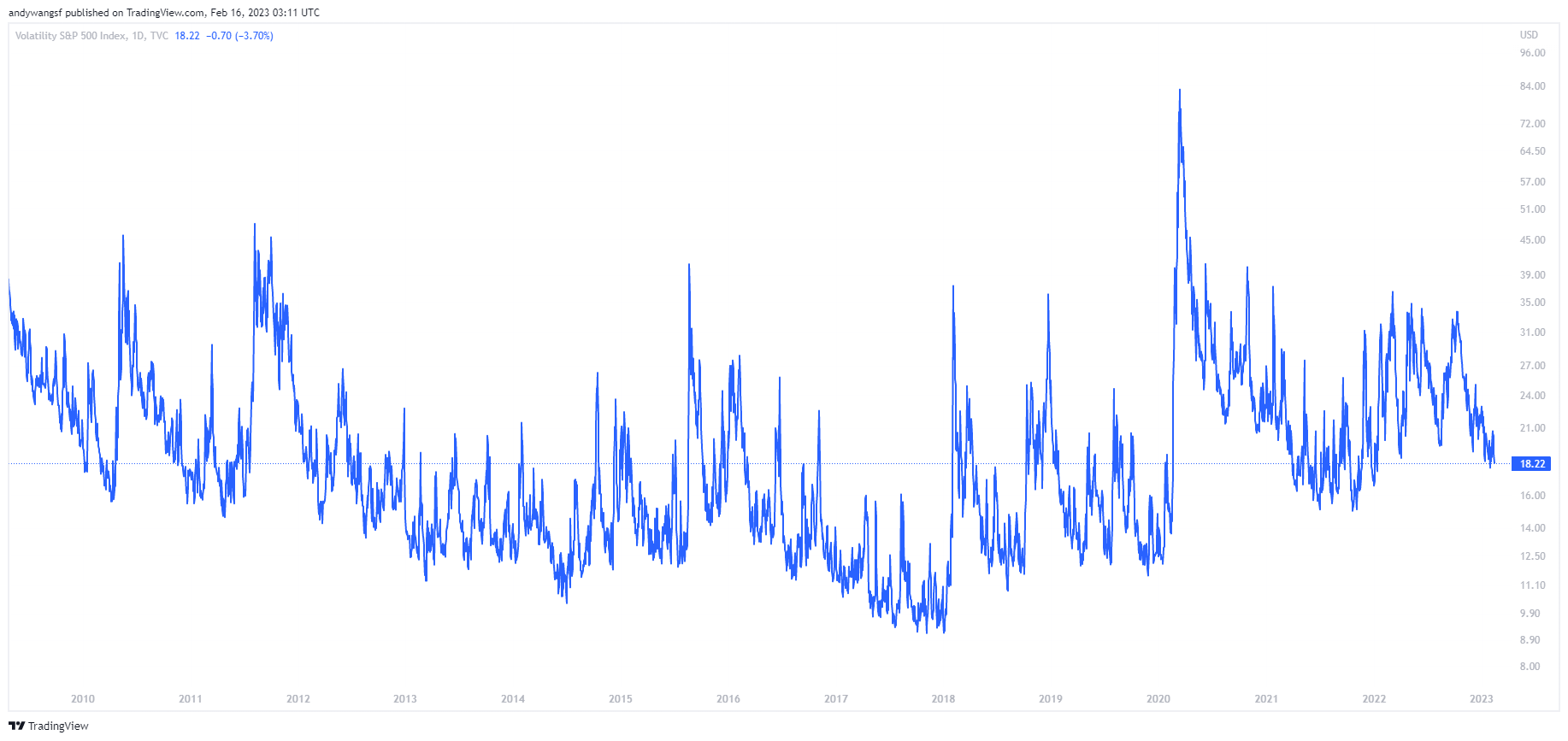Table of Contents
- What the VIX and VIX1D Indices Attempt to Measure and How They Differ
- VIX – Cuenta Completa x 30 días - DN Tienda Virtual de Tecnología
- VIX letter logo design on WHITE background. VIX creative initials ...
- vix | Tecnotextil
- Vix Technology Launches New Range of Fare Collection Validators
- ViX, el servicio de streaming con más contenido en español del mundo ...
- logotipo vix. carta vix. diseño del logotipo de la letra vix. logotipo ...
- Cuentas Vix Premium Gratis
- ViX: Cine y TV en Español on the App Store
- VIXY: Huge Bets Have Been Placed On The VIX, But We Are Sticking To Our ...


What is the VIX?


History of the VIX


How is the VIX Calculated?
The VIX is calculated using a complex formula that takes into account the prices of S&P 500 options with different strike prices and expiration dates. The formula uses a weighted average of the implied volatilities of these options to estimate the expected volatility of the S&P 500 Index over the next 30 days. The VIX is calculated in real-time and is updated throughout the trading day.
Significance of the VIX
The VIX is an important indicator of market sentiment and volatility. A high VIX reading indicates that investors expect high volatility in the market, while a low VIX reading indicates that investors expect low volatility. The VIX is often used as a hedge against market downturns, and many investors use VIX-based products, such as exchange-traded funds (ETFs) and options, to manage their risk.
Interpreting VIX Readings
VIX readings can be interpreted in several ways. A VIX reading above 20 indicates high volatility, while a reading below 15 indicates low volatility. Historically, the VIX has averaged around 19, but it has reached as high as 80 during times of extreme market stress, such as the 2008 financial crisis. In conclusion, the VIX is a widely followed benchmark index that provides a measure of the expected volatility of the S&P 500 Index. Understanding the VIX and its significance can help investors and traders make informed investment decisions and manage their risk. Whether you are a seasoned investor or just starting out, the VIX is an important indicator to watch, and its movements can have a significant impact on the financial markets.For more information on the VIX and other market indices, visit MarketWatch.
Note: This article is for informational purposes only and should not be considered as investment advice. It's always recommended to consult with a financial advisor before making any investment decisions. Word Count: 500 Keywords: VIX, Cboe Volatility Index, MarketWatch, S&P 500 Index, volatility, market sentiment, investment, risk management. Meta Description: Learn about the VIX, also known as the Cboe Volatility Index, and its significance in the financial markets. Understand how the VIX is calculated and how it can be used to gauge market sentiment and make investment decisions. Header Tags: H1: Understanding the VIX: A Comprehensive Guide to the Cboe Volatility Index H2: What is the VIX?, History of the VIX, Significance of the VIX H3: How is the VIX Calculated?, Interpreting VIX Readings Image: VIX chart or a related image Internal Linking: Link to other relevant articles on the website External Linking: Link to MarketWatch website Optimized Images: Use optimized images with alt tags and descriptions Mobile-Friendliness: Ensure the article is mobile-friendly and easily readable on smaller screens. Page Speed: Ensure the page loads quickly to improve user experience. Social Sharing: Add social sharing buttons to encourage sharing on social media platforms. Author Bio: Add author bio with a brief description and a link to other articles written by the author. Copyright: Add copyright information at the bottom of the article. Disclaimer: Add a disclaimer stating that the article is for informational purposes only and should not be considered as investment advice.